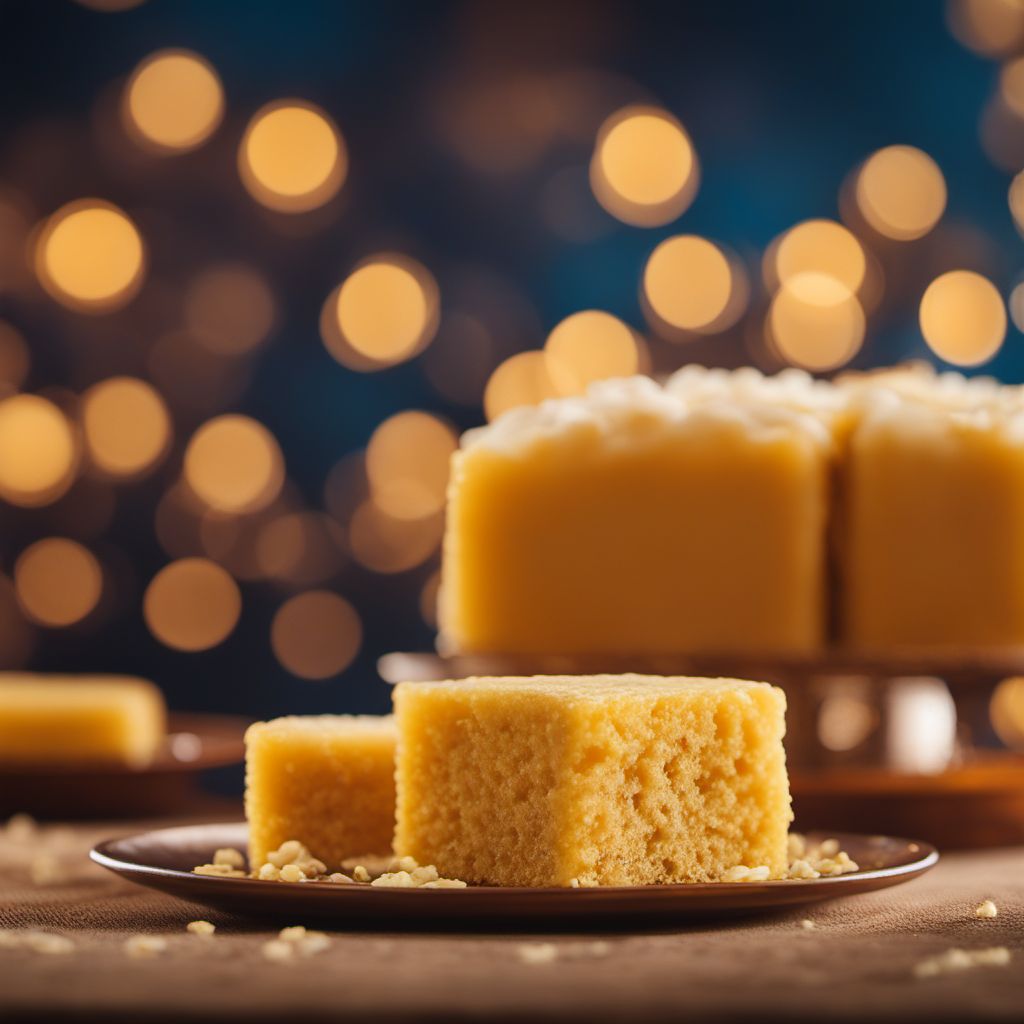
Dish
Mysore pak
Mysore pak is made by mixing gram flour and ghee together until it forms a smooth batter. Sugar syrup is then added to the batter and cooked until it thickens. The mixture is then poured into a greased tray and allowed to cool before being cut into pieces. Mysore pak is a high-calorie dish and should be consumed in moderation. It is also rich in carbohydrates and fats, making it a good source of energy.
Origins and history
Mysore pak originated in the city of Mysore in the state of Karnataka, India. It was first made by the royal chefs of the Mysore palace and was later popularized by the local sweet shops. Today, it is a popular sweet dish across India and is often served during festivals and special occasions.
Dietary considerations
Mysore pak is not suitable for people with diabetes or those on a low-carb diet. It is also not recommended for people with lactose intolerance or those who are allergic to nuts.
Variations
There are many variations of Mysore pak, including chocolate Mysore pak, coconut Mysore pak, and dry fruit Mysore pak. Some recipes also call for the addition of cardamom or saffron to enhance the flavor.
Presentation and garnishing
Mysore pak can be garnished with chopped nuts or silver foil to enhance its presentation. It is often served in small pieces on a plate or in a box.
Tips & Tricks
To make Mysore pak, it is important to use good quality ghee and gram flour. The sugar syrup should be cooked until it reaches the right consistency to ensure that the Mysore pak sets properly. If you want to make a healthier version of Mysore pak, you can use jaggery instead of sugar and reduce the amount of ghee used.
Side-dishes
Mysore pak is usually served as a standalone dessert or snack. It pairs well with a cup of hot tea or coffee.
Drink pairings
Mysore pak is usually served with a cup of hot tea or coffee.
Delicious Mysore pak recipes
More dishes from this category... Browse all »

Aamras
Indian cuisine

Aasmi
Indian cuisine
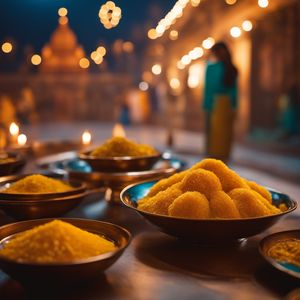
Agra petha
Indian cuisine

Aiyùbīng
Taiwanese cuisine

Ajdnek
Slovenian cuisine
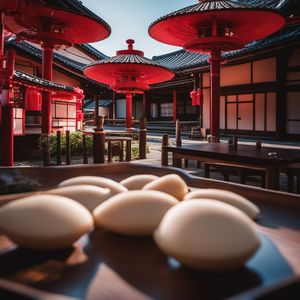
Akafuku
Japanese cuisine
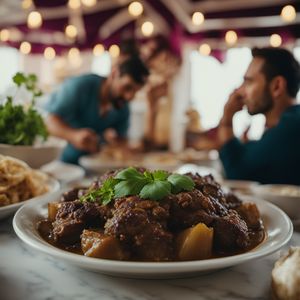
Akanés
Greek cuisine
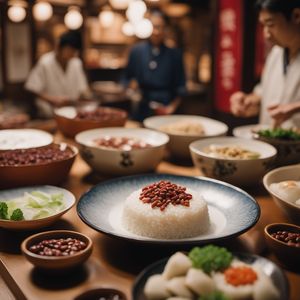
Akumaki
Japanese cuisine
More cuisines from this region...
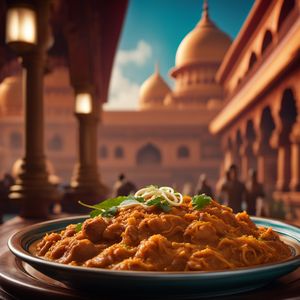
East Indian cuisine
Spicy and tangy flavors, Uses a lot of herbs and spices (mustard seeds, cumin, coriander), Uses a lot of fish and seafood which give it a unique flavor

North East Indian cuisine
Spicy, Tangy, Flavorful, Unique
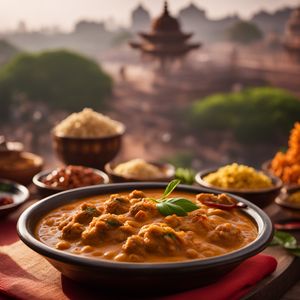
North Indian cuisine
Spicy, Tangy, Aromatic, Sweet, Uses a lot of oil and ghee
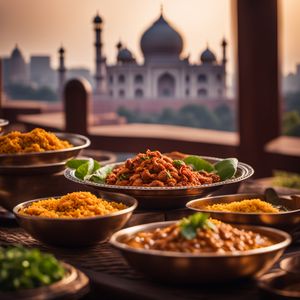
Other Indian cuisine
Spicy, Tangy, Sweet, Sour, Pungent
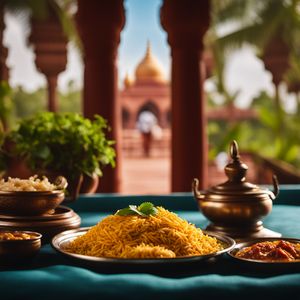
South Indian cuisine
Spicy, Tangy, Sweet, Savory, Aromatic
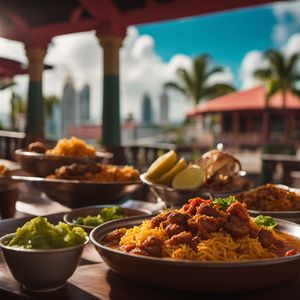
West Indian cuisine
Spicy, Bold, Tangy, Sweet, Savory

